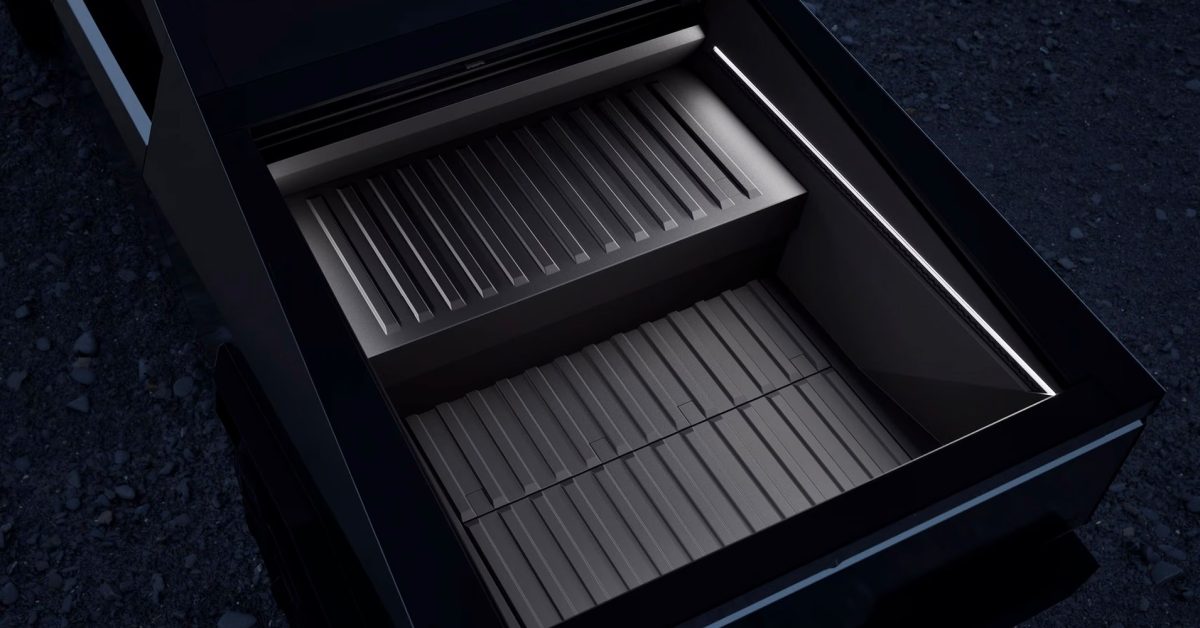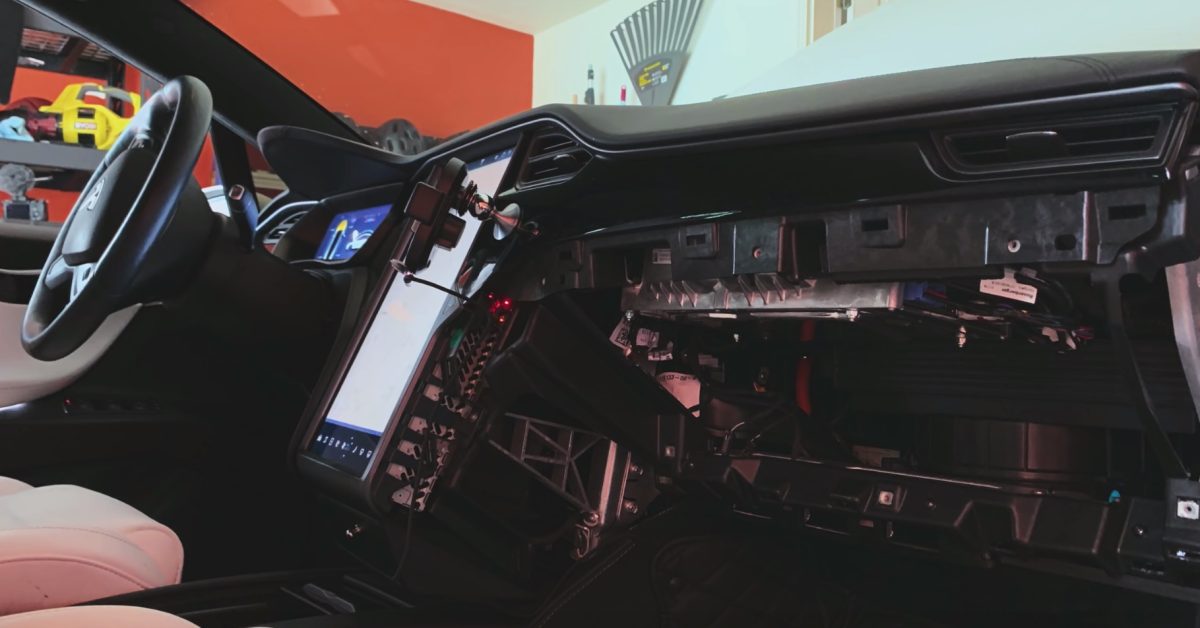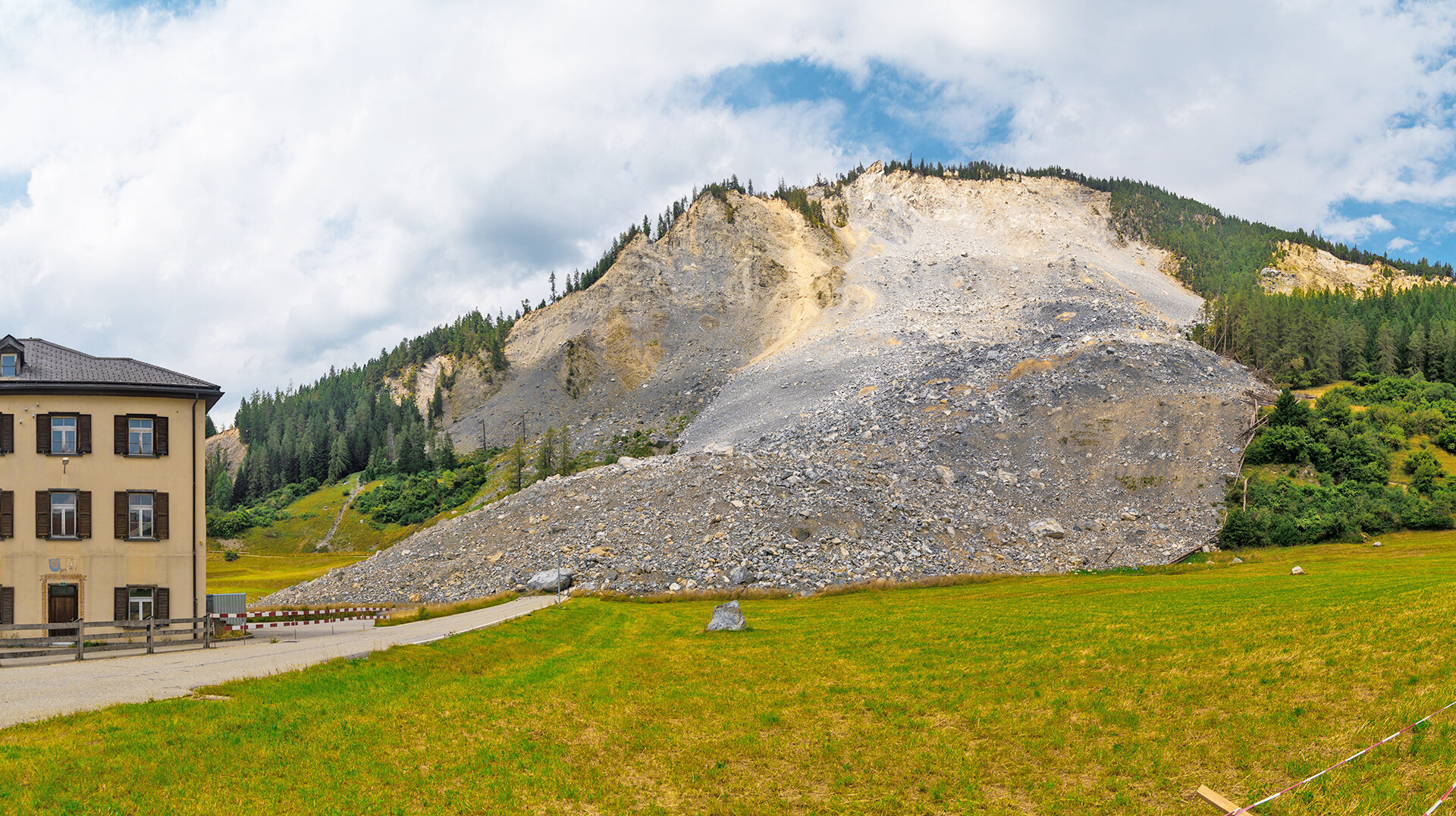AmbiguousProps
- 51 Posts
- 606 Comments

 11·1 day ago
11·1 day agoI suppose, it just seemed like putting the blame on the consumers rather than greedy, short-sighted executives.

 21·3 days ago
21·3 days agoTo address your first edit, yes, it’s a script, and yes, it did delete the site and the backups, as confirmed by the site creator. You can browse the data extracted on https://okstupid.lol/
This wasn’t “just a fun script”. The site, backups, and infrastructure were actually deleted.
Did you read the article, like at all? It would have told you the same thing:
As of this writing, WhiteDate, which Hoffmann described as a “Tinder for Nazis”; WhiteChild, a site that claimed to match white supremacists’ sperm and egg donors; and WhiteDeal, a sort-of Taskrabbit-esque labor marketplace for racists, are all offline.
The administrator of the three websites confirmed the hack on their social media accounts.
“They publicly delete all my websites while the audience rejoices. This is cyberterrorism,” the administrator wrote on X on Sunday, vowing repercussions.
The administrator also claimed that Root deleted their X account before it was restored.

 4·3 days ago
4·3 days agoMost users do not pay attention to which instance someone is on, only a vocal minority seem to care. Even less will actually join an instance from just seeing it, as they’re likely already on an instance in the first place.
So once again, it just makes it impossible for people to curate their feeds. It makes you look like a spam bot, especially with how rapidly you repost things. And the amount of accounts with the same name really make you look like a spam operation.
It does far more harm than good in my opinion, and I actively avoid upvoting any of your posts because of that. If you just created the placeholder accounts and didn’t post with them, I wouldn’t feel this way.
You seriously don’t see how crazy the screenshots above look?

 7·3 days ago
7·3 days agoI say this lie every day these days.

 6·3 days ago
6·3 days ago1.7/10, nice

 121·4 days ago
121·4 days agoYou do know that it can be automated though, right? If you have full control of someone’s infrastructure, the quickest way to delete all of it is through a script.

 1·5 days ago
1·5 days agoSweet, thank you!

 201·5 days ago
201·5 days agoBut why post with a million different accounts? That is the problem here. It’s not about supporting small instances when you use these accounts to post to huge instances like lemmy.world (which you do frequently). You could just create an account on a smaller instance, create the community with it, and never use it to post to a big instance.
You can do the same for the “imposter” problem you bring up, although I’m not convinced it’s really a problem. I honestly wouldn’t give a shit if someone used my handle on another instance - I only use this handle on Lemmy and no where else. If someone really started being a shitty person with my handle on another instance, I would just say that it’s not me and I have no idea who they are and leave it at that.
Like this is just crazy, man, I don’t know what else to say:




 1·5 days ago
1·5 days agoAny plans for an HA integration, maybe even as the source of the location data? I’ve been using HA for that and would prefer to not drain my phone battery further with two location services.
I wonder if OwnTracks can do it…

 171·5 days ago
171·5 days agoBut why use a million accounts to do that? You can use one, and then people will actually be able to curate their feeds accordingly.

 371·5 days ago
371·5 days agoAerynOS and Chimera Linux, to save you a click.
Also I haven’t seen this cm0002 alt yet, gunna tag it. I have a strong dislike of what this user does (basically cross posting without linking back to the original, usually minutes after something is posted. It would be one thing if they just happened to post the same article as someone, but they frequently post the same article minutes after someone else). I guess it’s not really a big deal, but it makes it difficult to block them when they have a million accounts on a bunch of different instances. This is probably a bad example since it doesn’t seem to be posted anywhere else, but that makes it even more annoying in my opinion.

 101·5 days ago
101·5 days agoI use Frigate and Reolink cameras. I have a Home Assistant install to access the cameras remotely through reverse proxy.

 8·7 days ago
8·7 days agoPaying not only supports the archive but also allows you to download a ton of books at full speed

 2·7 days ago
2·7 days agoI really like RadarOmega, and it also has a decent desktop app (even on Linux!). Although obviously GRLevelX is much more advanced.
I changed to RadarOmega after Radarscope stopped working on my GrapheneOS phone.

 5·7 days ago
5·7 days agoKagi is definitely worth it.

 5·7 days ago
5·7 days agoKagi, domain registration, RadarOmega (really good weather radar), Zenarmor (for my router running opnsense), SaucePlus, Tuta, Mailbox.org, SimpleFin (for self hosted budget using real time data with Actual), Backblaze B2. I think that’s about it.

 12·11 days ago
12·11 days agoPeople have been saying this for a year, and the line only keeps going up.
















Well, that certainly would confuse users, yes.